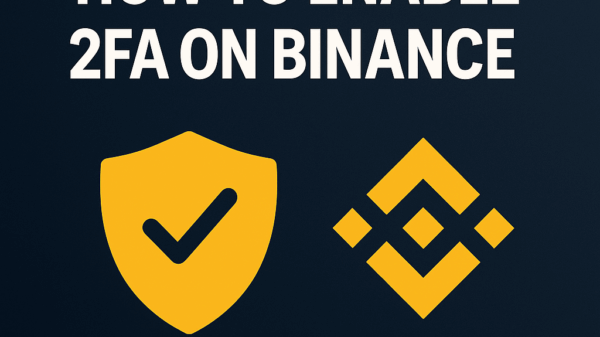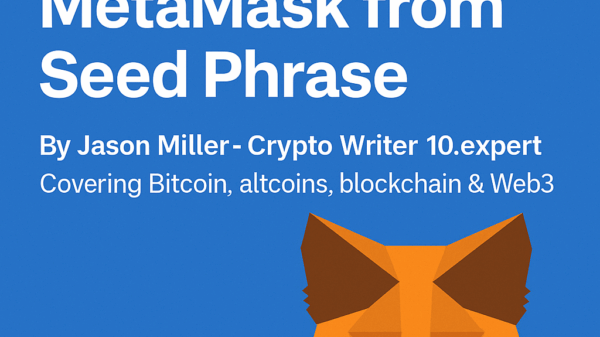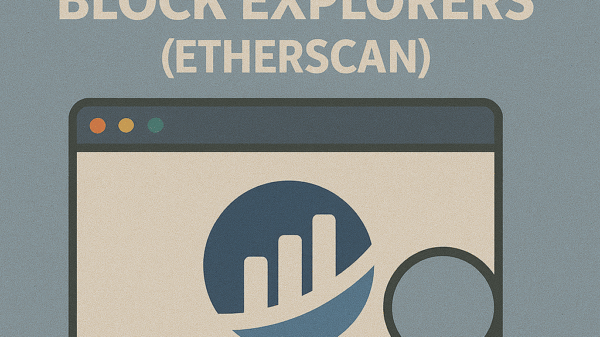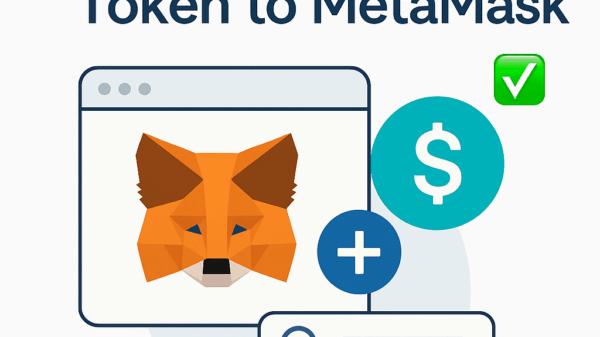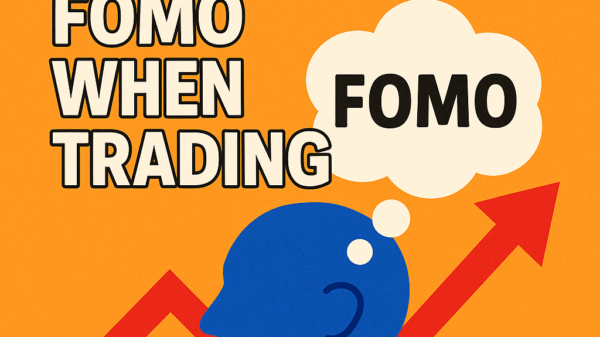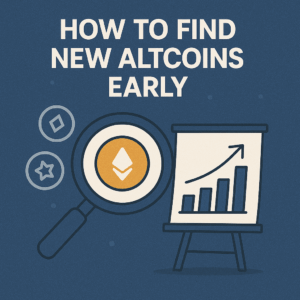How to Read a Whitepaper
By Jason Miller – Crypto Writer 10.expert 🧠 Covering Bitcoin, altcoins, blockchain & Web3.
As a crypto writer and analyst, the whitepaper is often considered the foundational document of any legitimate blockchain project. Coined by Satoshi Nakamoto for Bitcoin, it’s meant to be a technical blueprint, outlining the problem a project aims to solve, its proposed solution, the technology it employs, and its economic model.
In 2025, while marketing materials, slick websites, and influential social media presences play a role, the whitepaper remains the ultimate source of truth for understanding a project’s true intentions and capabilities. Unfortunately, many “whitepapers” today are little more than glorified marketing brochures, filled with buzzwords and lacking substance. Learning to critically read a whitepaper is paramount to distinguishing genuine innovation from empty hype or, worse, outright scams.
This is where the “pro” investor or analyst shines: the ability to cut through the fluff and extract the crucial details that reveal a project’s true potential (or lack thereof).
Let’s dive into how to read a whitepaper like a pro.
How to Read a Whitepaper: Your Blueprint for Crypto Due Diligence 📖🔍
A whitepaper is the backbone of any serious crypto project. Learning to dissect it is essential for informed decision-making.
Start with the Executive Summary/Abstract 📝
- The “Elevator Pitch”: This section should concisely explain the project’s core problem, proposed solution, and overall vision.
- Clarity Test: A strong abstract is clear, jargon-free (or explains jargon), and makes you want to read further. If it’s vague, overly promotional, or confusing, it’s a red flag.
Identify the Problem and Proposed Solution 💡
- Real-World Relevance: Does the project address a genuine, existing problem or inefficiency? Is it solving a problem that doesn’t actually exist, or one that could be solved more simply without blockchain?
- Blockchain Necessity: Is a blockchain truly necessary for this solution, or is it being used merely for hype? A good whitepaper justifies why decentralization or specific blockchain properties are crucial.
Deep Dive into the Technology and Architecture ⚙️
- Technical Foundations: This is often the most complex section. It should explain the underlying blockchain (if it’s a new one), consensus mechanism (e.g., Proof of Stake, Proof of Work, DPoS), smart contract logic, and how components interact.
- Innovation vs. Iteration: Does the project introduce genuine technological innovation, or is it a minor improvement on existing tech?
- Scalability & Security: Look for discussions on how the project plans to handle scalability, security, and interoperability.
Scrutinize the Tokenomics (Token Economy) 📊
- Token Utility: What is the token actually for? Does it have a clear purpose within the ecosystem (e.g., governance, staking, payment for services, gas fees)? A token without clear utility is often just a speculative asset.
- Supply & Distribution: Understand the total supply, circulating supply, maximum supply, and how tokens are initially distributed (e.g., team allocation, public sale, treasury, airdrops).
- Vesting Schedules: Are team and investor tokens subject to vesting schedules? Long vesting periods for founders and early investors are a positive sign, indicating long-term commitment and reducing immediate selling pressure.
- Inflation/Deflation: Does the token have inflationary or deflationary mechanisms (e.g., burning, staking rewards)? How will this impact long-term value?
Evaluate the Roadmap and Milestones 🗺️
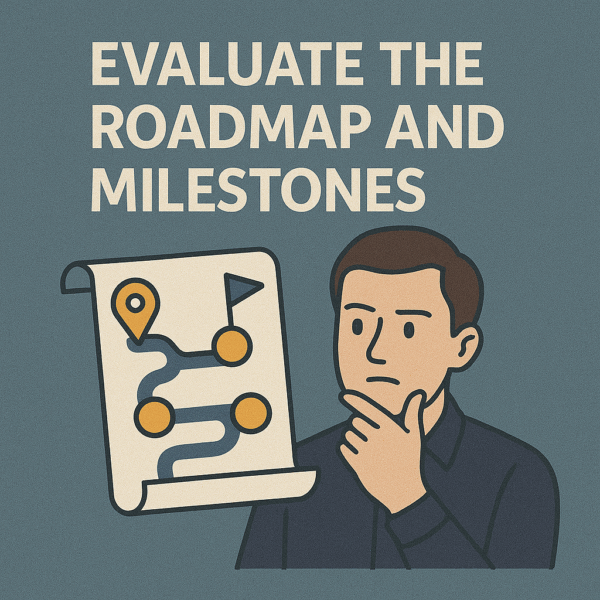
- Achievable Goals: Is the roadmap realistic and detailed? Does it outline specific milestones with approximate timelines (e.g., testnet launch, mainnet launch, feature implementations, partnerships)?
- Focus on Development: A strong roadmap emphasizes product development and technical milestones, not just marketing or exchange listings.
- Past Achievements: If the project has been ongoing, does it refer to past achievements that validate its progress?
Assess the Team and Advisors 🧑🤝🧑
- Transparency: Are the team members publicly identified (doxxed)? Are their backgrounds verifiable (LinkedIn profiles, past projects)? Anonymous teams are a significant red flag for long-term investments.
- Relevant Experience: Do the team members and advisors have relevant experience in blockchain, technology, business, or the specific industry the project targets?
- Credibility: Look for reputable advisors who genuinely contribute to the project, not just famous names associated loosely.
Analyze the Market Opportunity and Competition ⚔️
- Market Size: Does the whitepaper clearly define its target market and its size?
- Competitive Analysis: Does it acknowledge competitors (both blockchain and traditional) and explain its unique selling proposition (USP) or competitive advantages? Vague claims of “disruption” without addressing the competitive landscape are a warning sign.
Look for Security Audits and Risks 🔐
- Transparency on Audits: Has the smart contract code been audited by reputable third-party security firms? If so, are the audit reports publicly available?
- Acknowledged Risks: A good whitepaper will discuss potential risks, challenges, and limitations of the project, demonstrating a realistic outlook.
Examine Citations and References 📚
- Academic Rigor: A truly technical whitepaper will often cite academic papers, research, and other relevant sources. This indicates thorough research and a commitment to established principles.
Red Flags to Watch For 🚩
- Guaranteed Returns: Any promise of guaranteed profits or unrealistic returns is a massive red flag for a scam.
- Overly Technical Jargon (without explanation): Used to obscure lack of substance.
- Overly Simplistic/Marketing-Heavy: Reads like a sales pitch with little technical detail.
- Vague Language: Lack of specifics on technology, tokenomics, or roadmap.
- No Clear Use Case: The token’s purpose seems ambiguous or unnecessary.
- Anonymous Team/Unverifiable Backgrounds: High risk.
- Lack of Audits: Especially for complex smart contracts.
- Unrealistic Timelines: Overly ambitious or too short.
- Plagiarism: Parts copied from other whitepapers.
Check the Disclaimer ⚠️
- Legal Protections: A robust whitepaper will contain comprehensive legal disclaimers, clarifying that it’s not an investment prospectus, and highlighting the risks involved. This doesn’t make it safe, but its absence is a definite red flag.
Consider the Publication Date and Updates 🔄
- Relevance: Is the whitepaper current? Has it been updated to reflect project changes, market conditions, or new regulatory landscapes? An outdated whitepaper might indicate a stagnant project.
Assess Readability and Professionalism ✏️
- Clear & Concise: While technical, a good whitepaper should be well-organized, grammatically correct, and as clear as possible.
- Professional Layout: A well-designed document reflects attention to detail.
Compare with Bitcoin/Ethereum Whitepapers (as benchmarks) 📖
- Foundational Examples: Re-read the original Bitcoin whitepaper and Ethereum’s (or its “Yellow Paper” for deeper tech). These set the standard for clarity, technical depth, and vision. While not every project needs to be as revolutionary, they serve as excellent benchmarks for substance.
Cross-Reference Information 🌐
- Beyond the Whitepaper: Never rely solely on the whitepaper. Cross-reference information with other sources: the project’s official website, social media, GitHub repositories (for code activity), reputable news outlets, and independent analyses. Does everything align?
Reading a whitepaper like a pro is an act of critical analysis. It requires patience, a willingness to learn technical concepts, and a healthy dose of skepticism. By diligently scrutinizing these documents, you empower yourself to make more informed decisions and identify projects with genuine potential in the vast and often opaque world of crypto.

